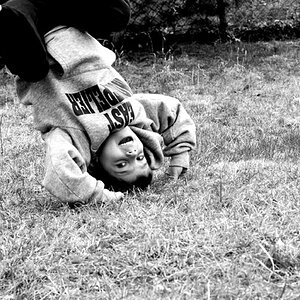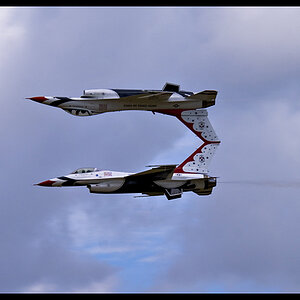Norwolf
TPF Noob!
- Joined
- Mar 15, 2013
- Messages
- 12
- Reaction score
- 0
- Location
- Vancouver, Canada
- Can others edit my Photos
- Photos NOT OK to edit
Hey guys, new to this forum here, but I figured this would be the best place to get some real good feedback. I love cameras in general (For taking high-res images of sports), but I came across a really nice piece of equipment that my grandfather passed down to me.
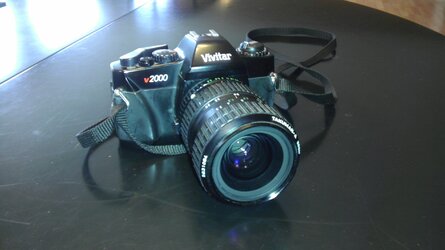
This was something that he payed good money for and I feel like it would be a shame to let sit in my closet for an eternity, so I set out to do some research on "making it digital". I recognize that digital does not rival film yet in image quality and resolution, but film is too inconvenient for me as a university student and to be honest I really want to start an awesome project where I can proudly say "yes I did that".
My goal in this is not to save money, it is to "immortalize" the vivitar.
I hope to take a 35mm CMOS sensor, probably salvaged from another camera, and replace it with the back where the film rests. There seems to be enough room there. On the right side of the camera, where the cartridge lies, I could have a board with a micro-sd card connection in it. I could wire it so that the sensor turns on when I push down on the shutter button and turns off when the cmos sensor detects much less light. Here is an image of the internals:
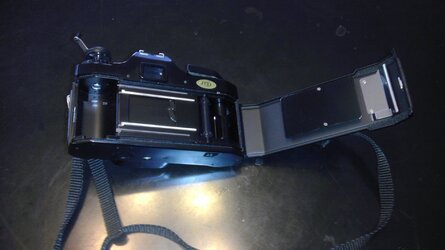
This is obviously something that could work for many different cameras, and if this is successful I probably would do that with other ones. If feedback is positive I will probably start working on it. What do you think?

This was something that he payed good money for and I feel like it would be a shame to let sit in my closet for an eternity, so I set out to do some research on "making it digital". I recognize that digital does not rival film yet in image quality and resolution, but film is too inconvenient for me as a university student and to be honest I really want to start an awesome project where I can proudly say "yes I did that".
My goal in this is not to save money, it is to "immortalize" the vivitar.
I hope to take a 35mm CMOS sensor, probably salvaged from another camera, and replace it with the back where the film rests. There seems to be enough room there. On the right side of the camera, where the cartridge lies, I could have a board with a micro-sd card connection in it. I could wire it so that the sensor turns on when I push down on the shutter button and turns off when the cmos sensor detects much less light. Here is an image of the internals:

This is obviously something that could work for many different cameras, and if this is successful I probably would do that with other ones. If feedback is positive I will probably start working on it. What do you think?


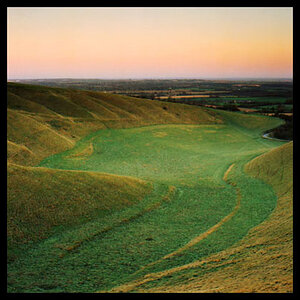
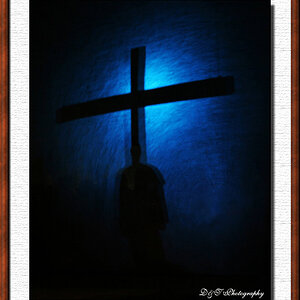
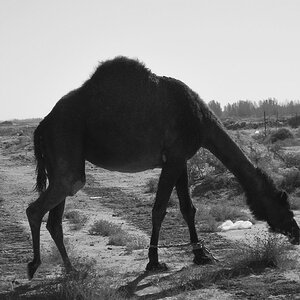
![[No title]](/data/xfmg/thumbnail/39/39290-dfb3e819bd94a7f30797638ae1ae27cf.jpg?1619738958)
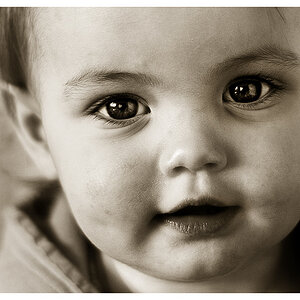

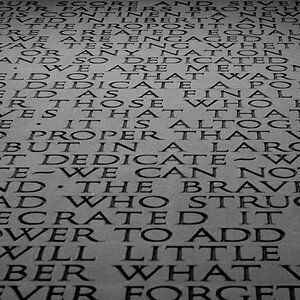
![[No title]](/data/xfmg/thumbnail/35/35262-02f8eba4a2a92dbae0b55547bba80b4f.jpg?1619736968)
![[No title]](/data/xfmg/thumbnail/39/39293-55a527d2a9b287bf5e5b6d118abab22c.jpg?1619738958)
![[No title]](/data/xfmg/thumbnail/38/38727-8e7c94a88000531231f3040ce330aced.jpg?1619738702)
